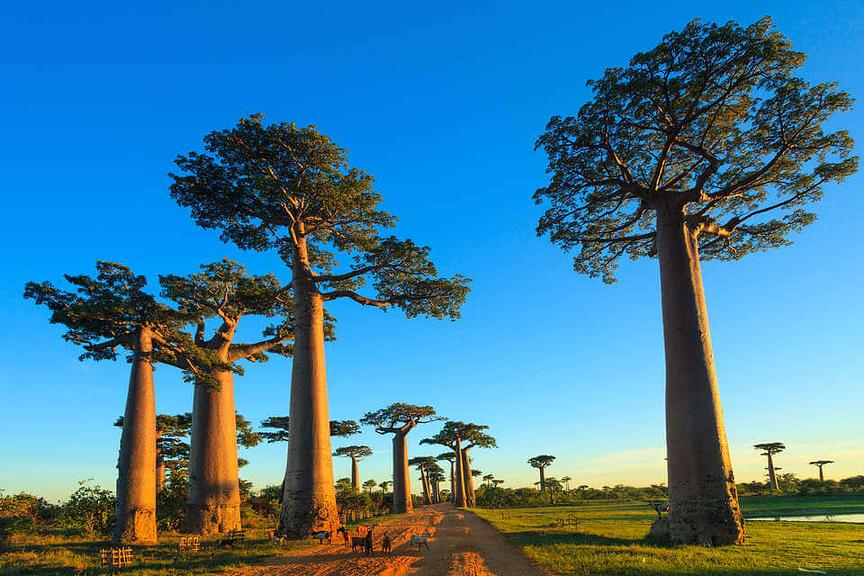Formal education tends to focus heavily on knowledge acquisition and there is limited interaction between students from different classrooms. The Global Learning model changes this. Learners from all over the world collaborate on ambitious projects addressing pressing real-life challengesbased around the United Nations Sustainable Development Goals (SDGs).
Through Global Learning, two impressive international projects have been completed so far. For theProject Water,10 schools across 9 countries worked together to identify water issues and find both local and global solutions. Within theHuman Differences project, 50 schools across 37 countries tackled important questions about global equality with the aim of building bridges instead of walls. Next up is the Climate Action project, starting in October 2017. The most ambitious yet, this projectis bringingtogether 250 schools across 66 countries to collaborate on climate change topics, with the aim of developinglearners'understanding of keyissues before working on ideas to take action.
Within each month-long project, students focuson a different topic relating to the overall theme every week. Learners conductresearch, brainstormideas, hold discussions, give presentions and sharetheir findings through weekly videos. Thevideopresentations are published on a shared project website. The role of the participating educators is not to presentknowledge to the students, but insteadto guide the process throughencouraging discussionandpointing learnersin the right direction when searching for resources.
The outcomes so far have beenoverwhelming. Each group of students has learntin very different ways, throughresearch, discussion, reflection, collaboration and offering feedback. Within every project, several core academic subjects,such as science, history, maths andliterature, have been covered. Students have spontaneously learnttouse a number of tools to further their learning, acting proactively and collaboratively.During the final weeks of each projects, students often independently arranged Skype calls to discuss their findings with one another.
Global Learning offers a way for young peopleto see the world from many different perspectives, work with other students from all over the globe and tackle some of the most important challenges facing our planet today. In doing so, learners gain valuable skills such as problem-solving, teamwork, creative thinking andcommunication. Learners are encouraged to think innovatively and work together to have a positive impact on the world around them.



